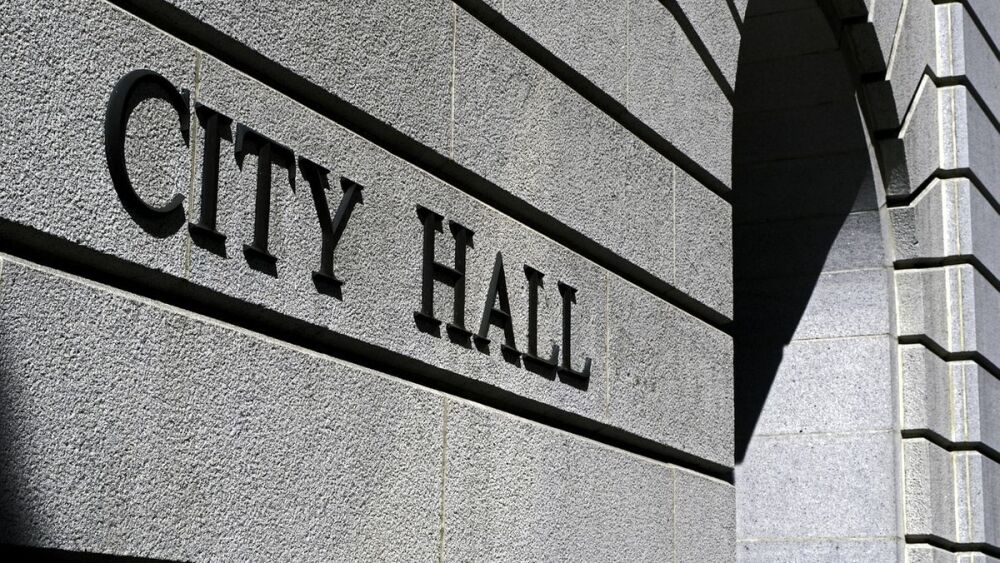By Stephen Sawchuk
ED Week
Any way you define teacher quality, disadvantaged students, academically struggling students, and nonwhite students get fewer good teachers, concludes a new study.
And at least in Washington state, where the study was conducted, those patterns were driven primarily by differences across districts, meaning that such students were more likely to attend districts with fewer high-quality teachers than their more-advantaged, white, and/or academically capable peers.
The study, published last month in AERA’s Educational Researcher, aims to provide a comprehensive overview of the inequitable distribution of teaching talent. It was written by Dan Goldhaber and Roddy Theobald of the American Institutes for Research and Lesley Lavery of Macalester College.
For the study, the researchers linked and analyzed teacher and student-level data from math and reading courses in Washington state in grades 3-10 in the 2011-12 school year. To measure teacher quality, they looked at the distribution of novices with two or fewer years of experience, each teacher’s score on his or her basic-skills test, and a value-added measure of teacher effectiveness. They also “decomposed” the scores to examine whether the disparities were due to distribution across districts, schools, or classrooms.
Read specifics of the study here.


